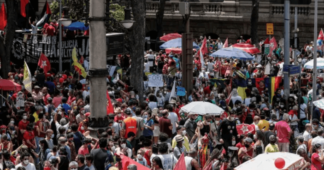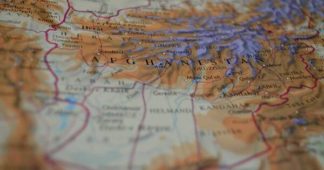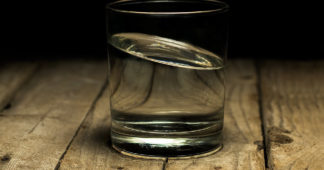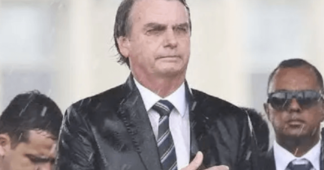By DIANE JEANTET
The Brazilian scientists were skeptical. They ran different models to check calculations, but all returned the same startling result.
The country with the most freshwater resources on the planet steadily lost 15% of its surface water since 1991. Gradual retreat in the Brazilian share of the Pantanal, the world’s largest tropical wetland, left water covering just one-quarter the area it did 30 years ago.
And the data only went through 2020 — before this year’s drought that is Brazil’s worst in nine decades.
“When we got the first results, we wondered if there was a problem in the equations,” said Cassio Bernardino, a project manager for environmental group WWF-Brazil, which took part in the survey along with Brazilian universities and local partners like the Amazon Environmental Research Institute, plus international collaborators including Google and The Nature Conservancy. They used artificial intelligence to parse some 150,000 satellite images measuring the surface of lakes, rivers, marshes and all surface water across Brazil.
The figures checked out, and the MapBiomas data published this week has heightened an existing sense of alarm. The ongoing drought has already boosted energy costs and food prices, withered crops, rendered vast swaths of forest more susceptible to wildfire and prompted specialists to warn of possible electricity shortages. President Jair Bolsonaro on Thursday said hydroelectric dam reservoirs are “at the limit of the limit.”
Continue reading at apnews.com
We remind our readers that publication of articles on our site does not mean that we agree with what is written. Our policy is to publish anything which we consider of interest, so as to assist our readers in forming their opinions. Sometimes we even publish articles with which we totally disagree, since we believe it is important for our readers to be informed on as wide a spectrum of views as possible.











